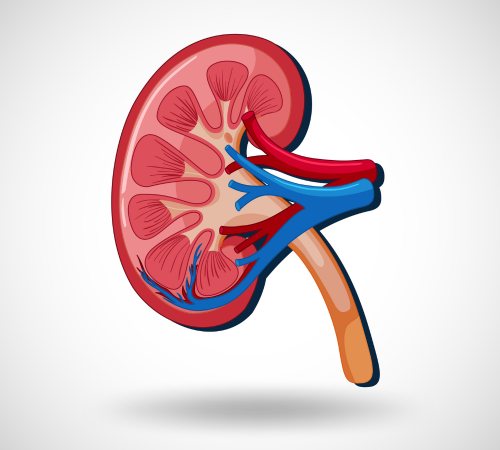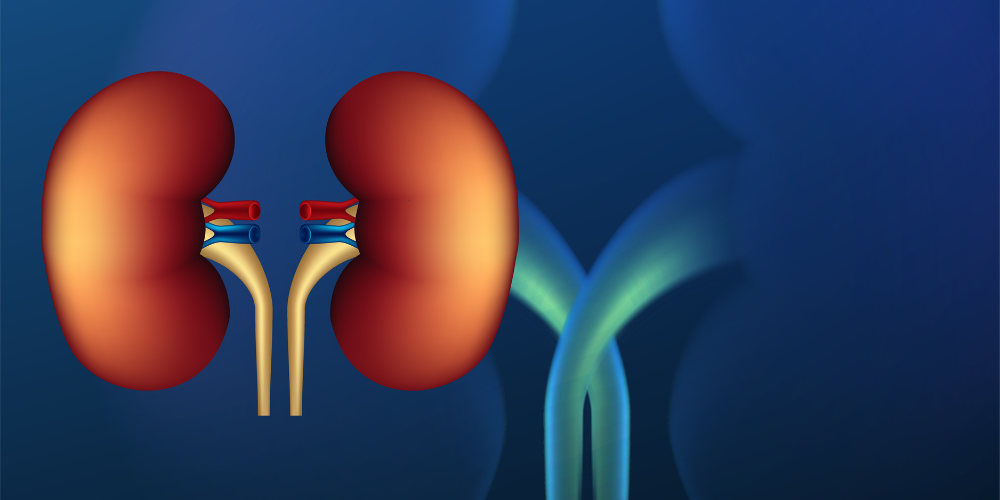VUR & PUV (Vesicoureteral Reflux & Posterior Urethral Valve)
VUR & PUV (Vesicoureteral Reflux & Posterior Urethral Valve)
VUR and PUV are congenital abnormalities of the urinary tract that can lead to repeated UTIs, kidney damage, and impaired bladder function. Dr. Anunaya Katiyar provides precise diagnosis and treatment for these conditions using advanced imaging techniques like MCUG, ultrasound, and renal scans.
In children with VUR, urine flows backward from the bladder to the kidneys, increasing infection risk. PUV causes obstruction in the urinary tract of male infants. Dr. Katiyar offers both medical and surgical management based on severity. Preventive care focuses on timely antibiotic prophylaxis, bladder training, and regular follow-ups to avoid kidney damage.
With her deep understanding of pediatric urology and nephrology, Dr. Katiyar ensures every child receives customized care that promotes long-term kidney health and improved bladder control.


Key Pointers:
- Accurate diagnosis using MCUG, ultrasound, and renal scans.
- Comprehensive treatment plans for VUR and PUV.
- Minimally invasive surgical options if needed.
- Prevention of kidney scarring and recurrent UTIs.
- Parental education on bladder training.
- Long-term monitoring and support.
Frequently Asked Questions (FAQs)
What is the difference between VUR and PUV?
VUR is a backward flow of urine from the bladder to the kidneys. PUV is a congenital obstruction in the male urethra.
How is VUR diagnosed in children?
Typically through imaging tests like VCUG (voiding cystourethrogram) or ultrasound after a UTI.
Is surgery required for VUR or PUV?
Mild VUR may resolve on its own; severe cases or PUV often require surgical correction.
Can these conditions affect kidney function long-term?
Yes, if left untreated, they can lead to recurrent infections and kidney damage.
Are these conditions present from birth?
Yes, both VUR and PUV are congenital conditions and are often detected early in life.
